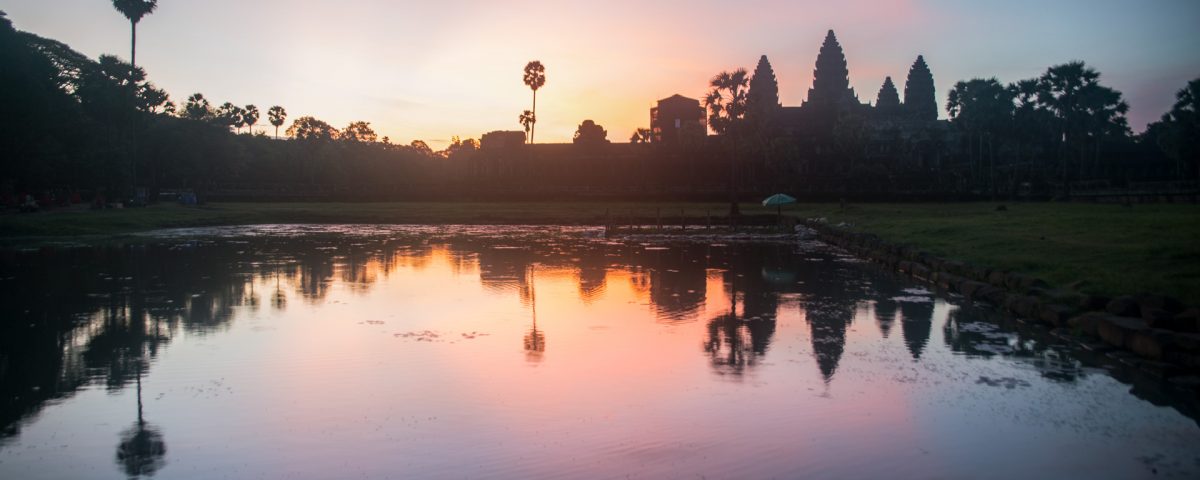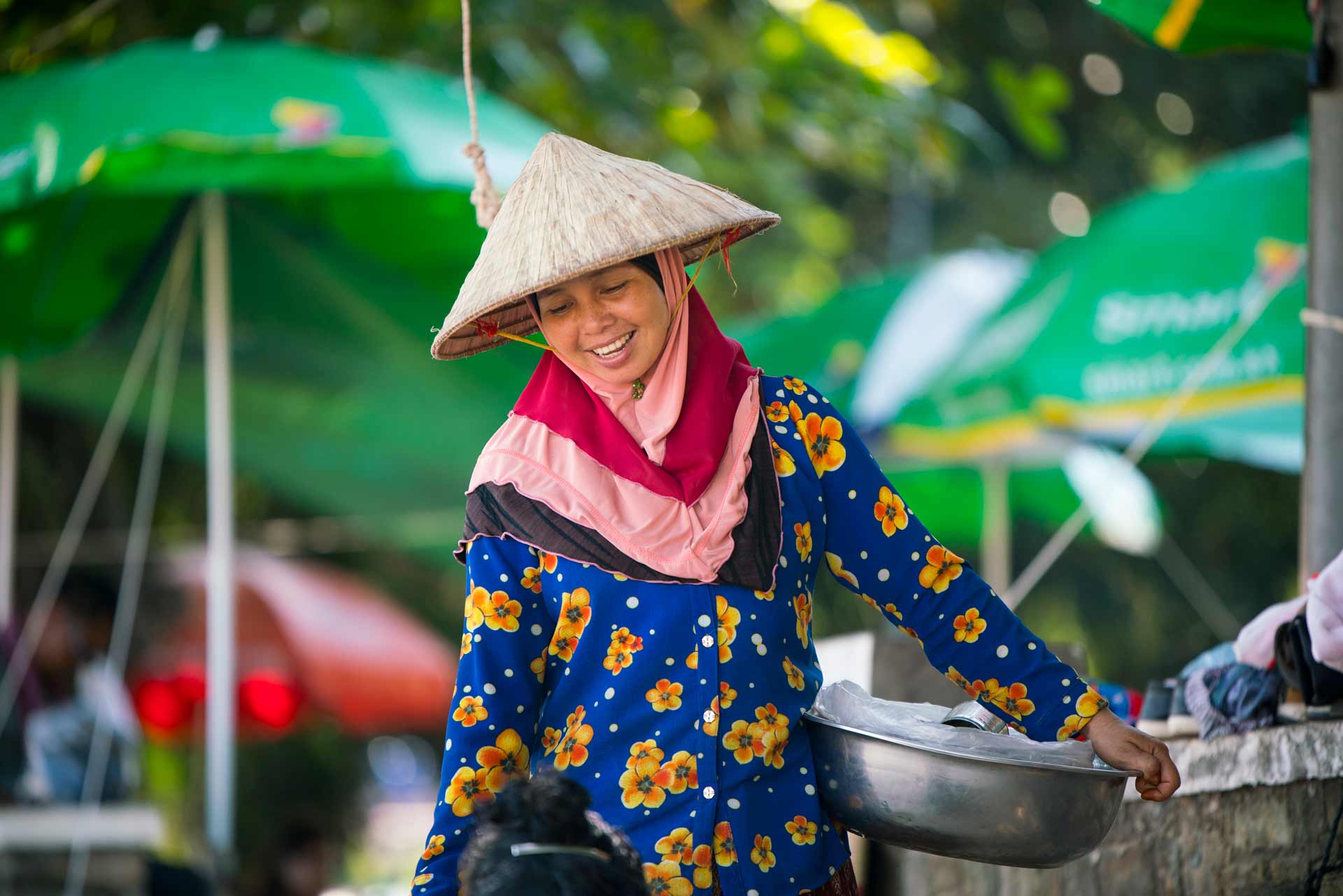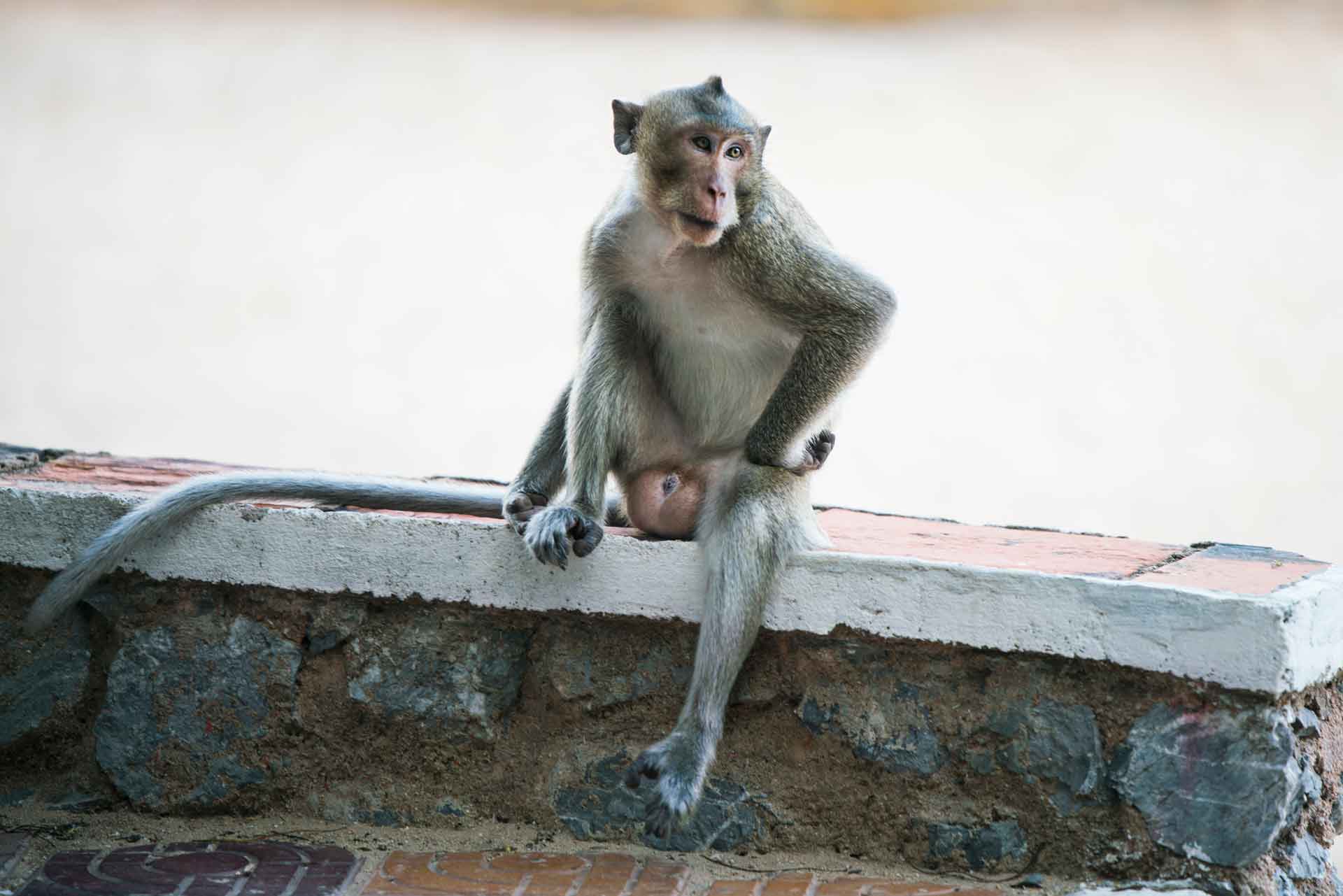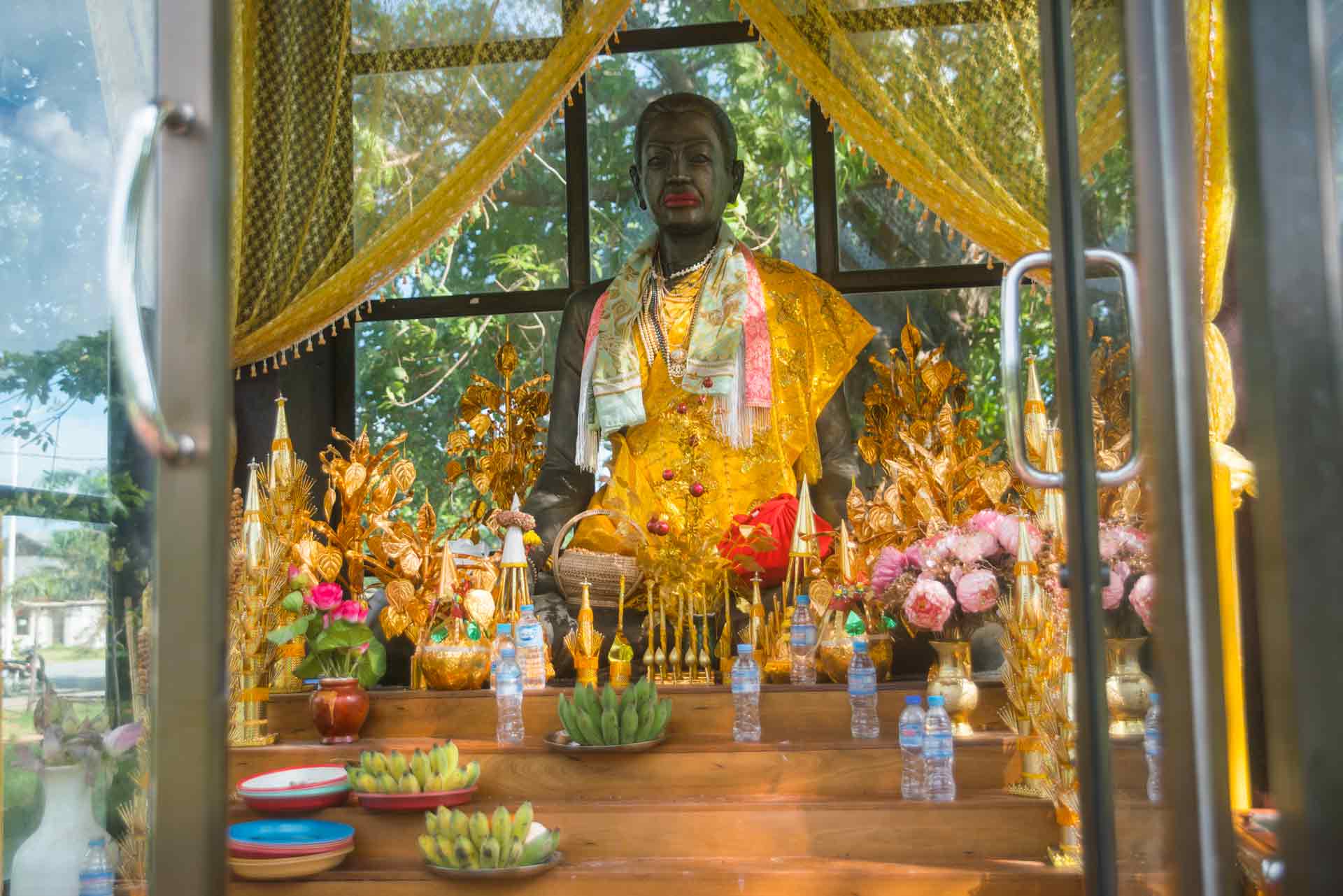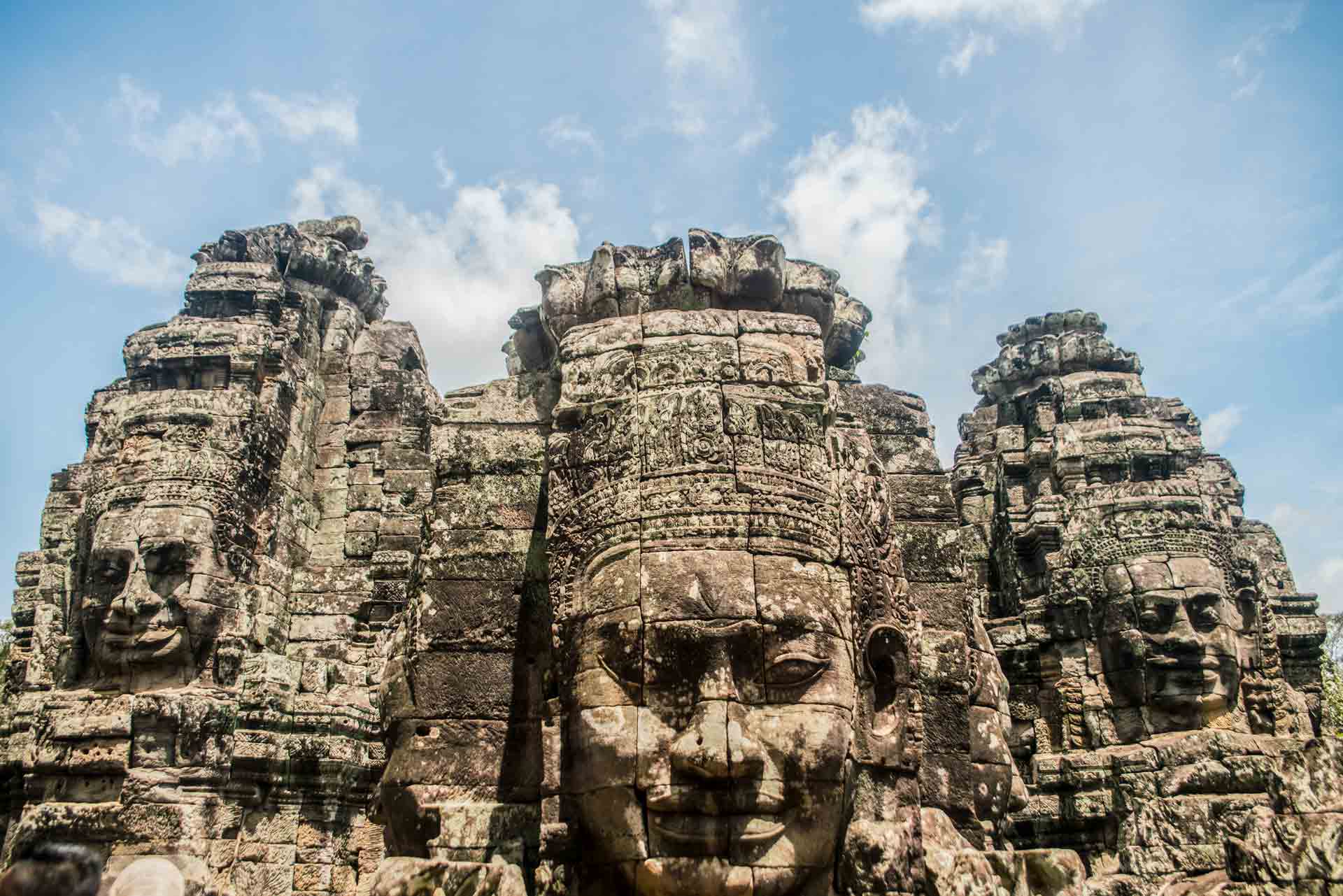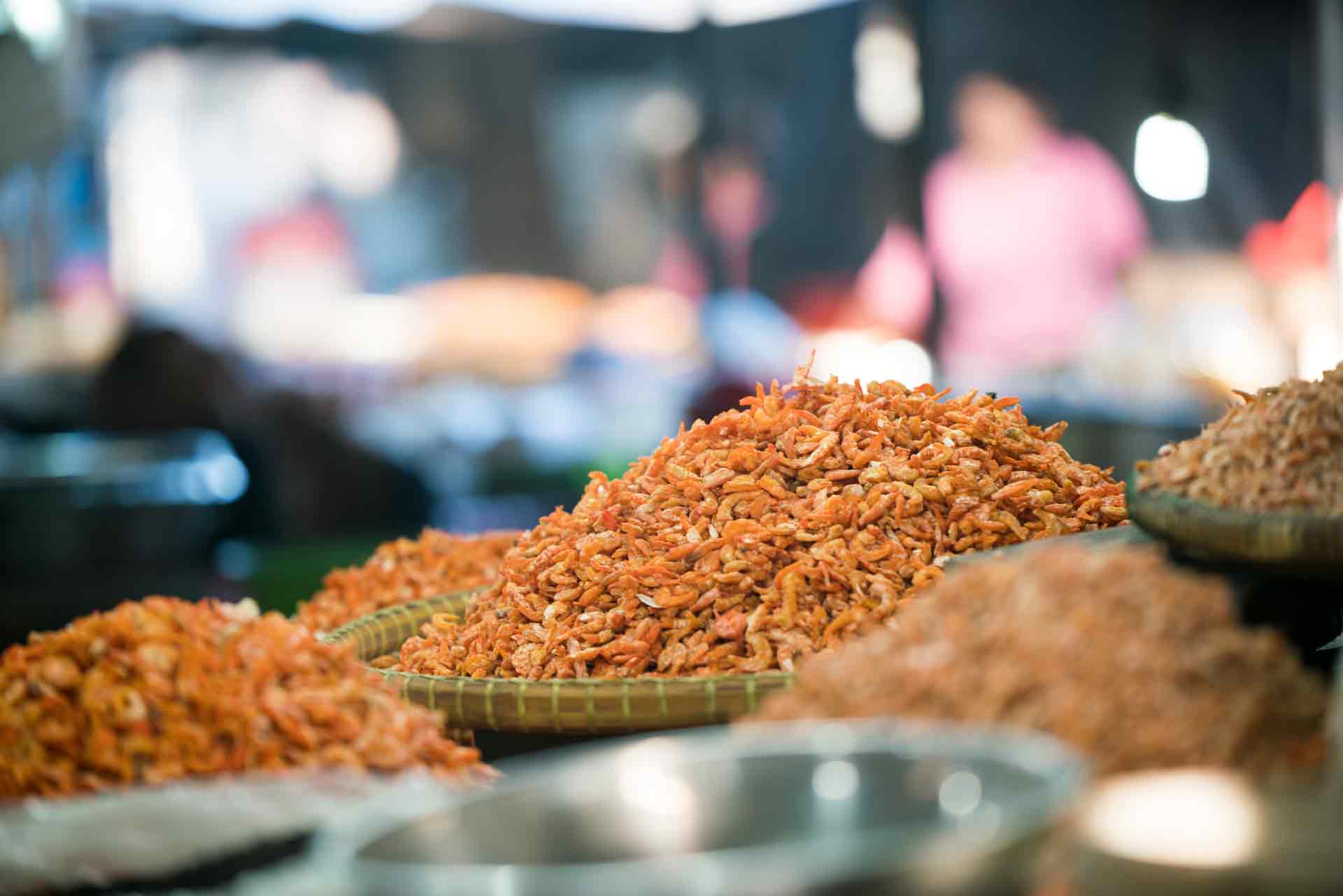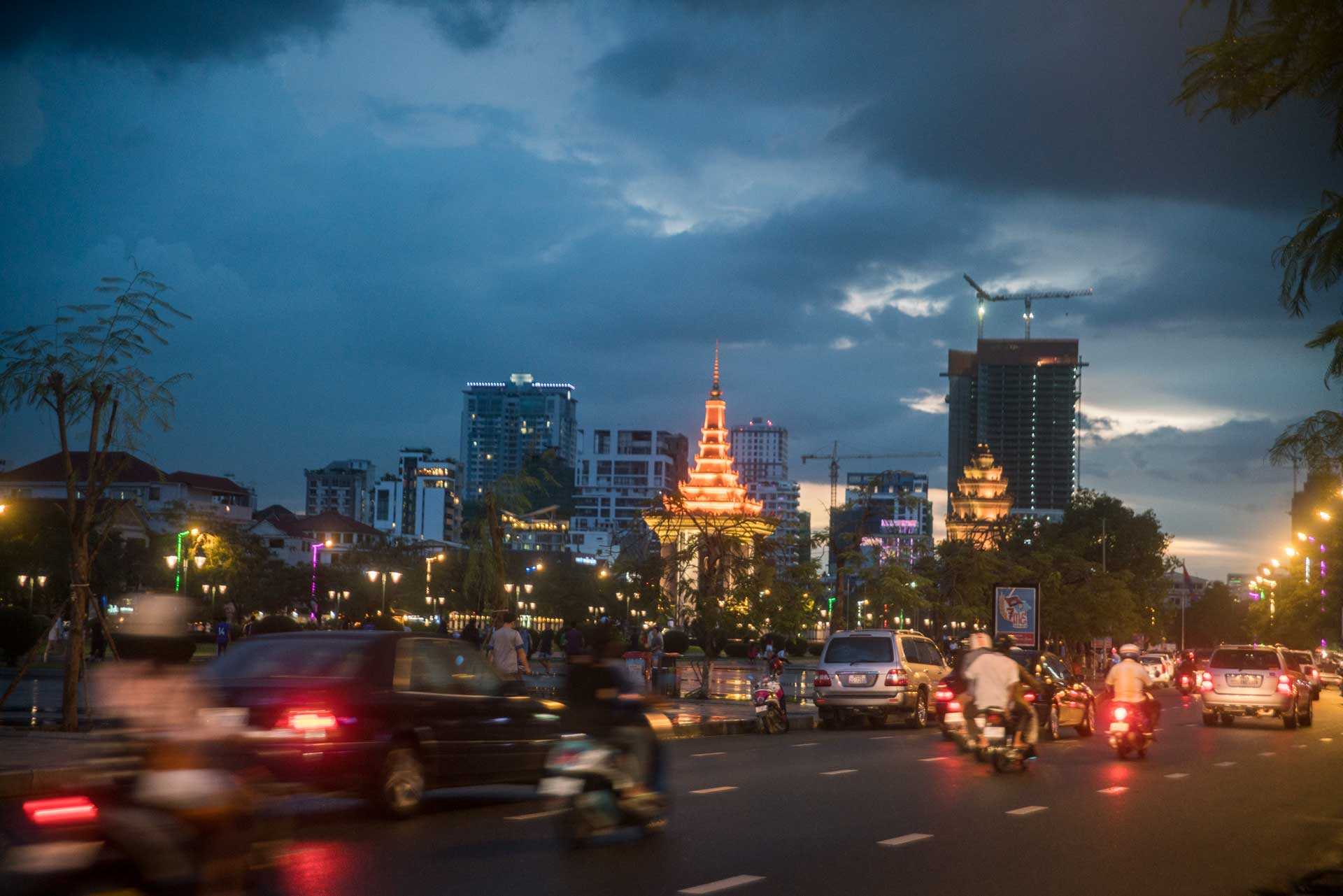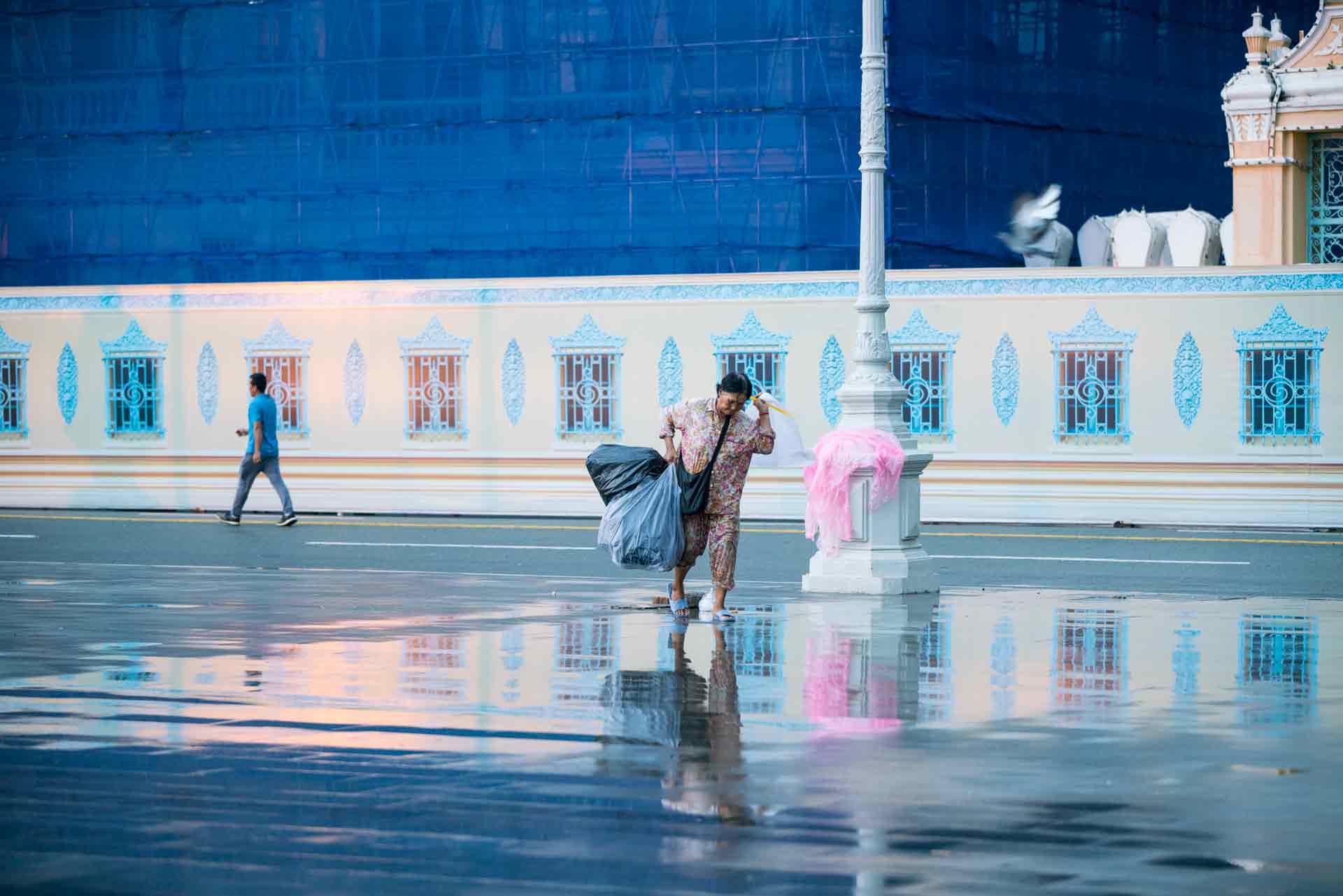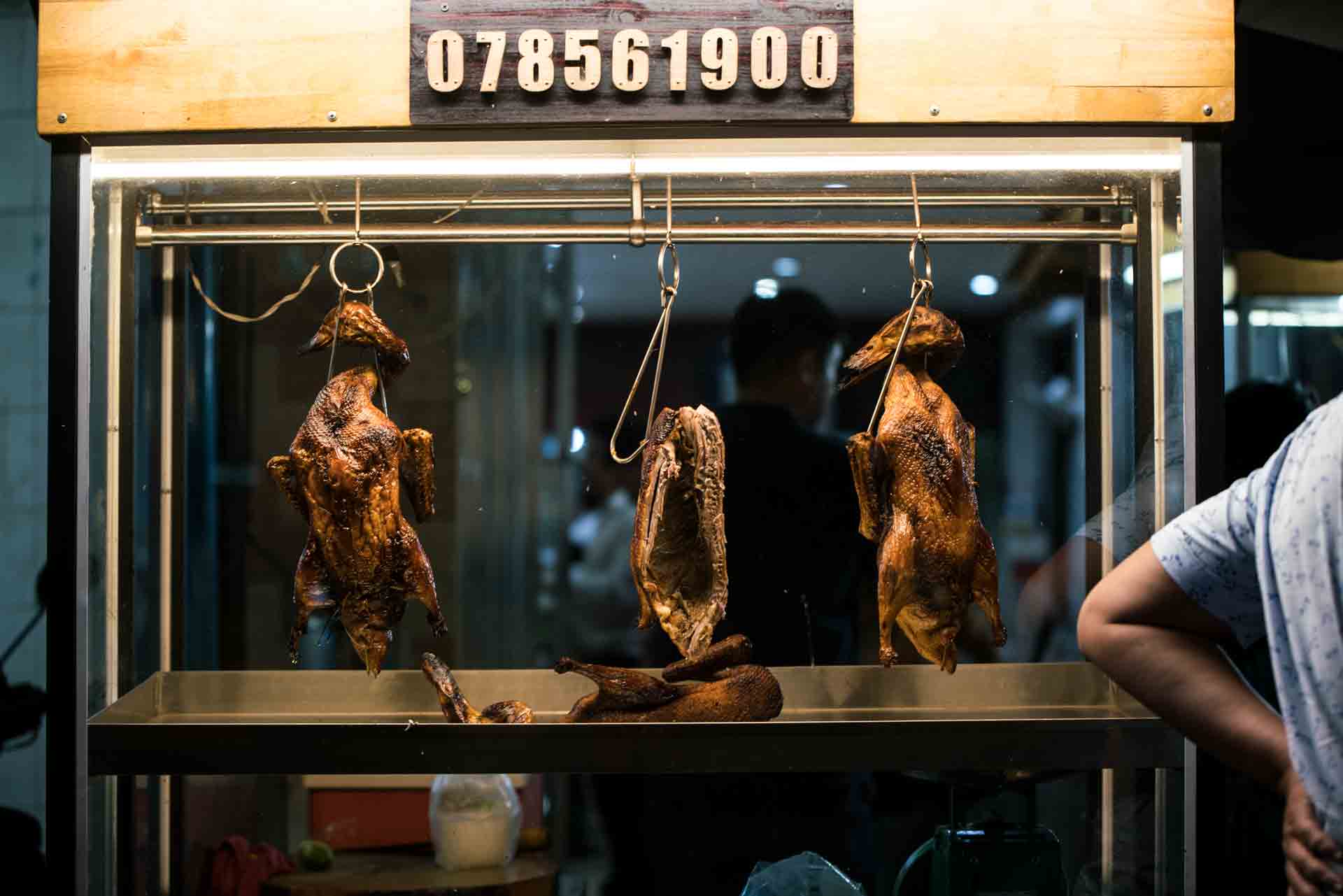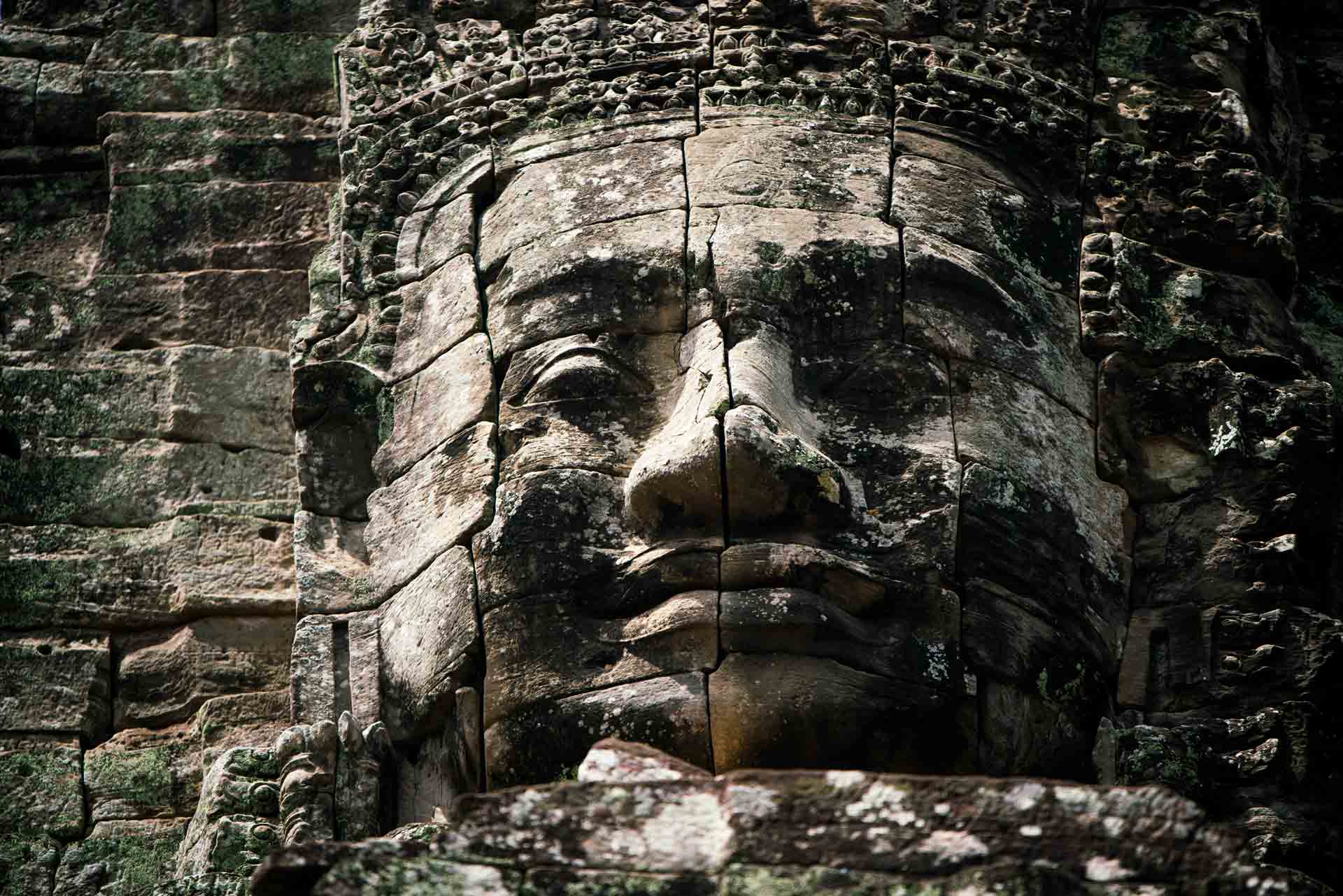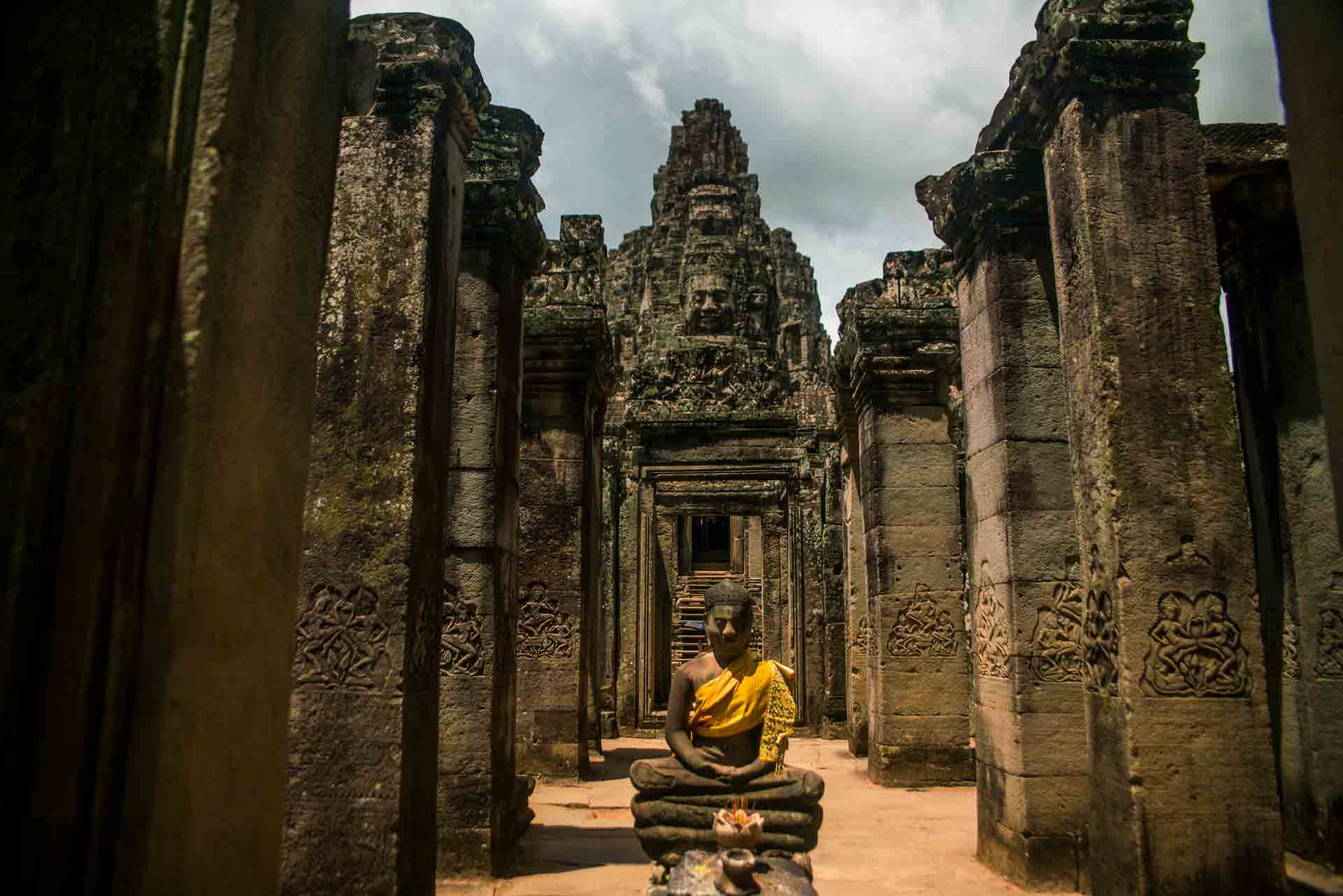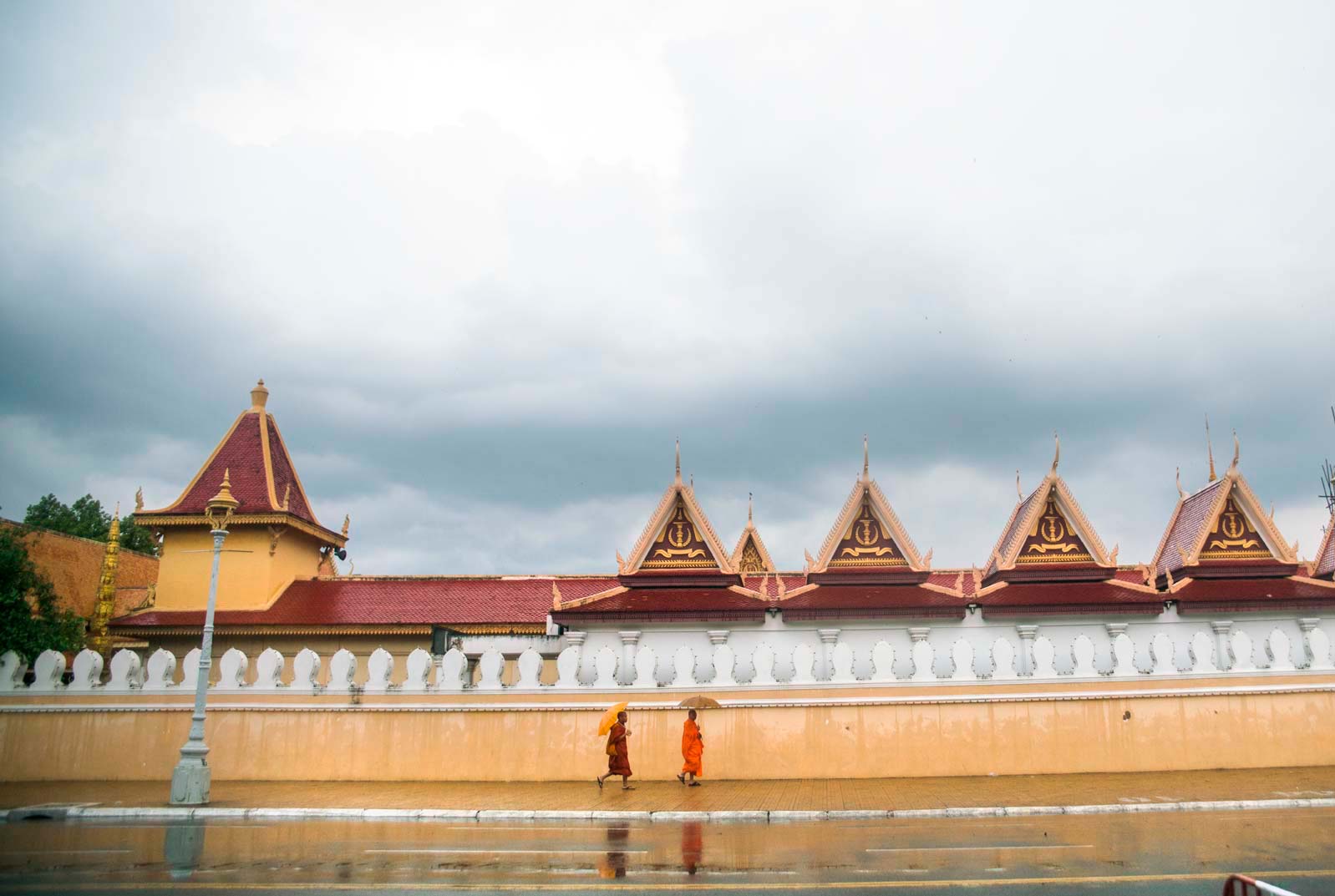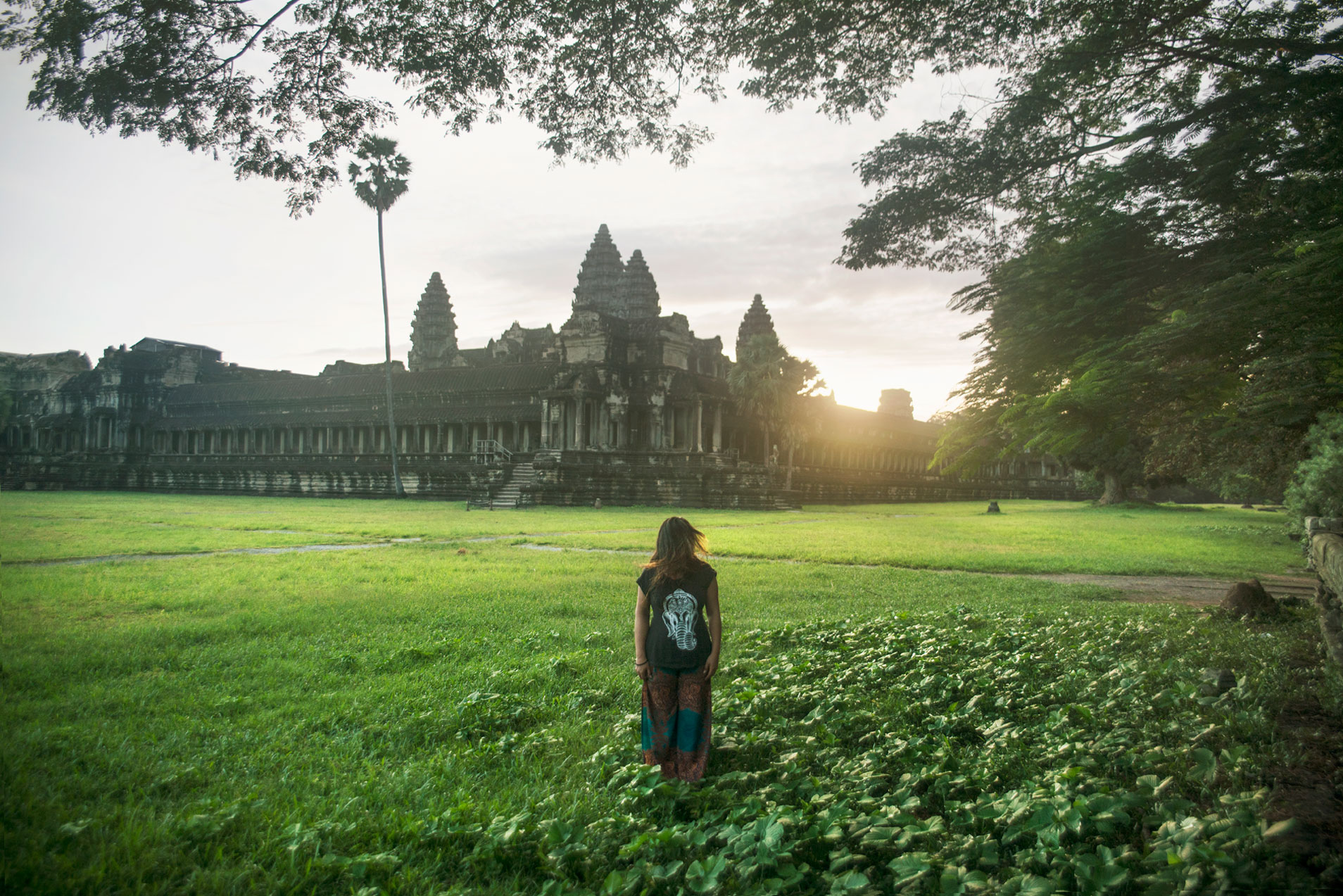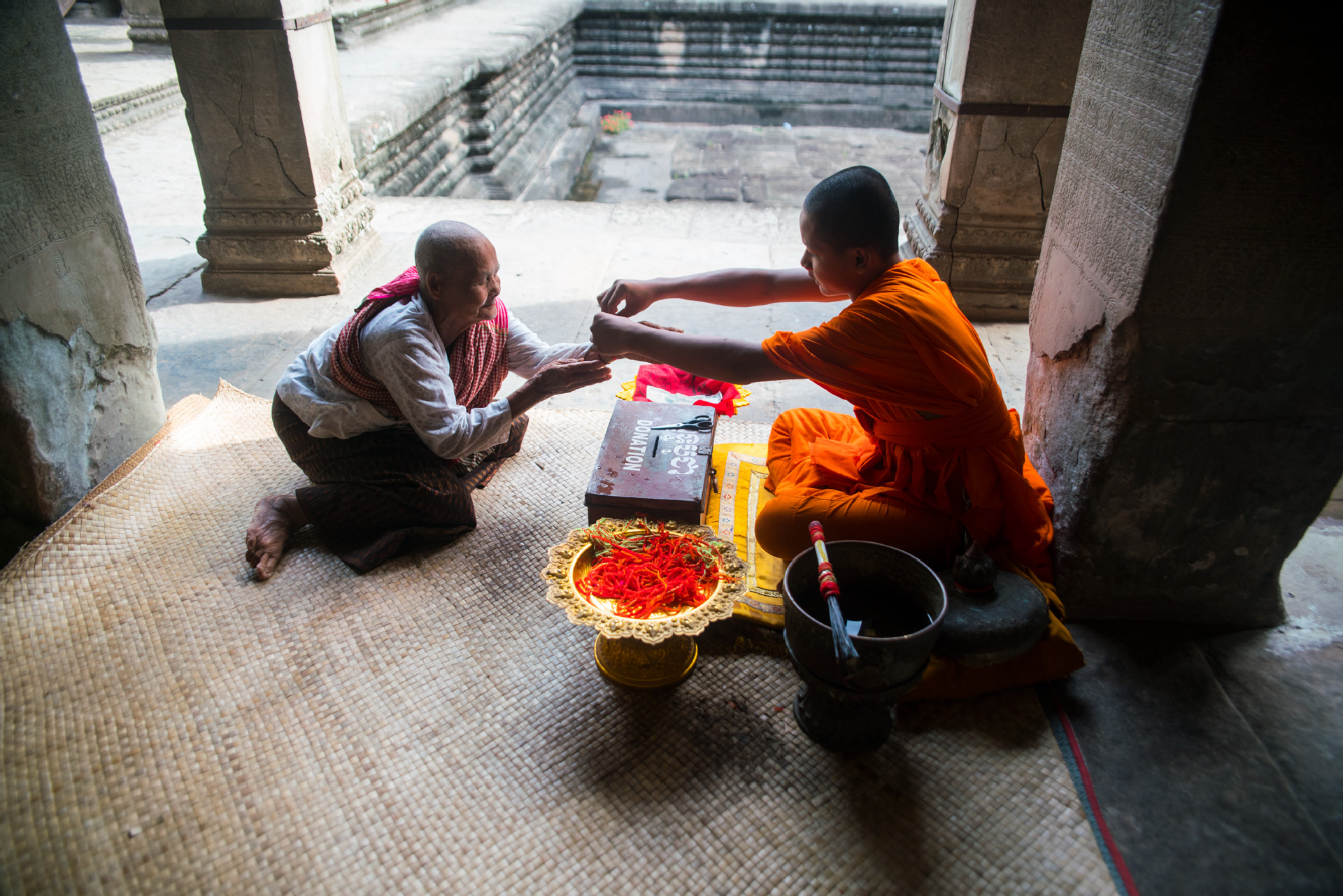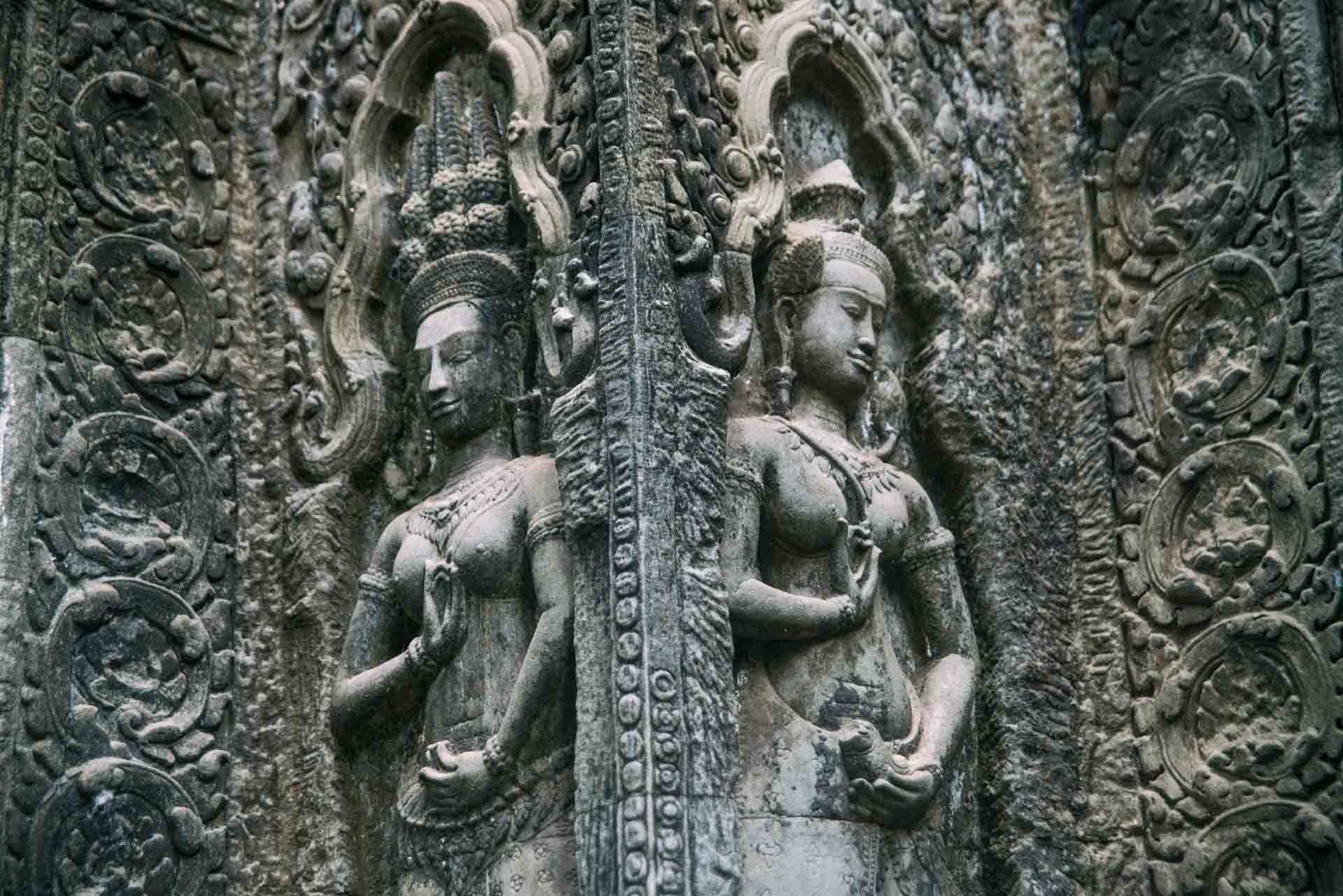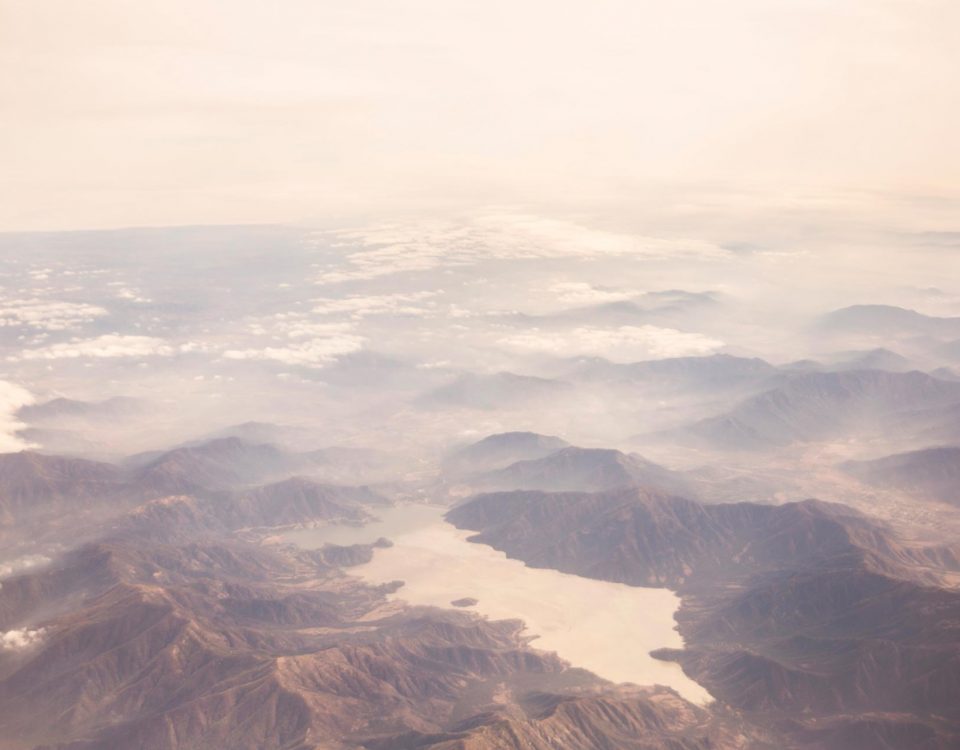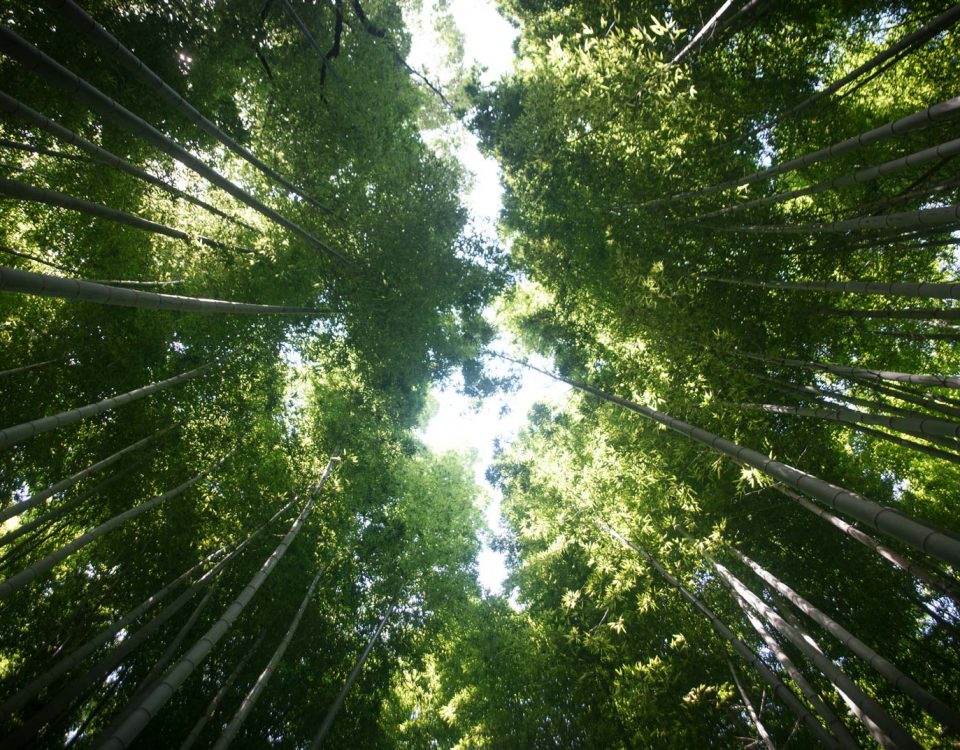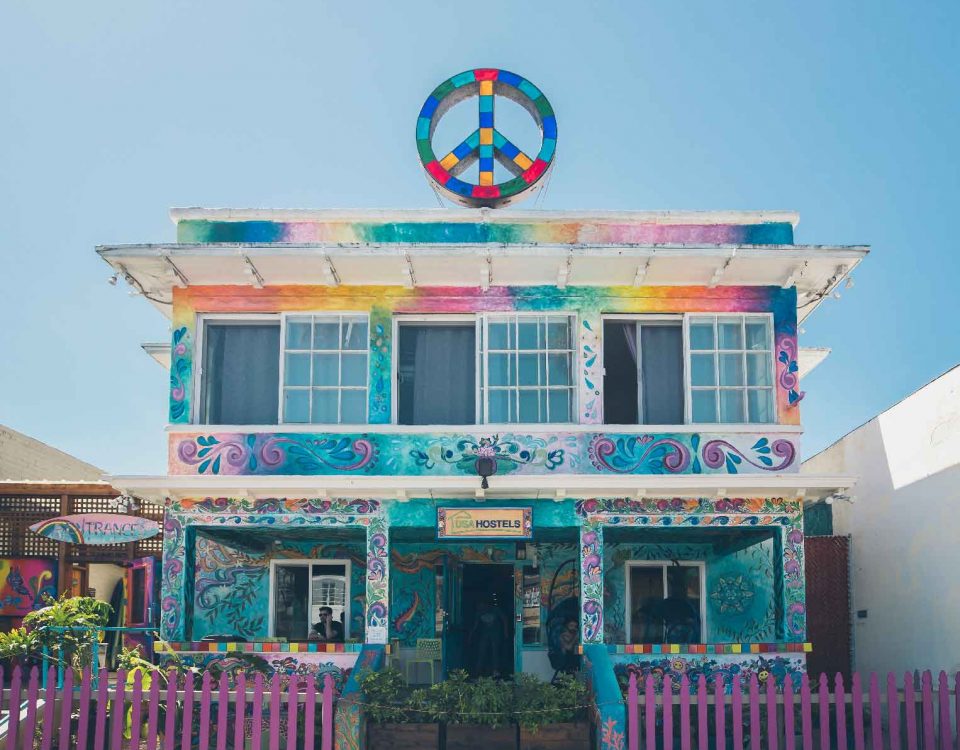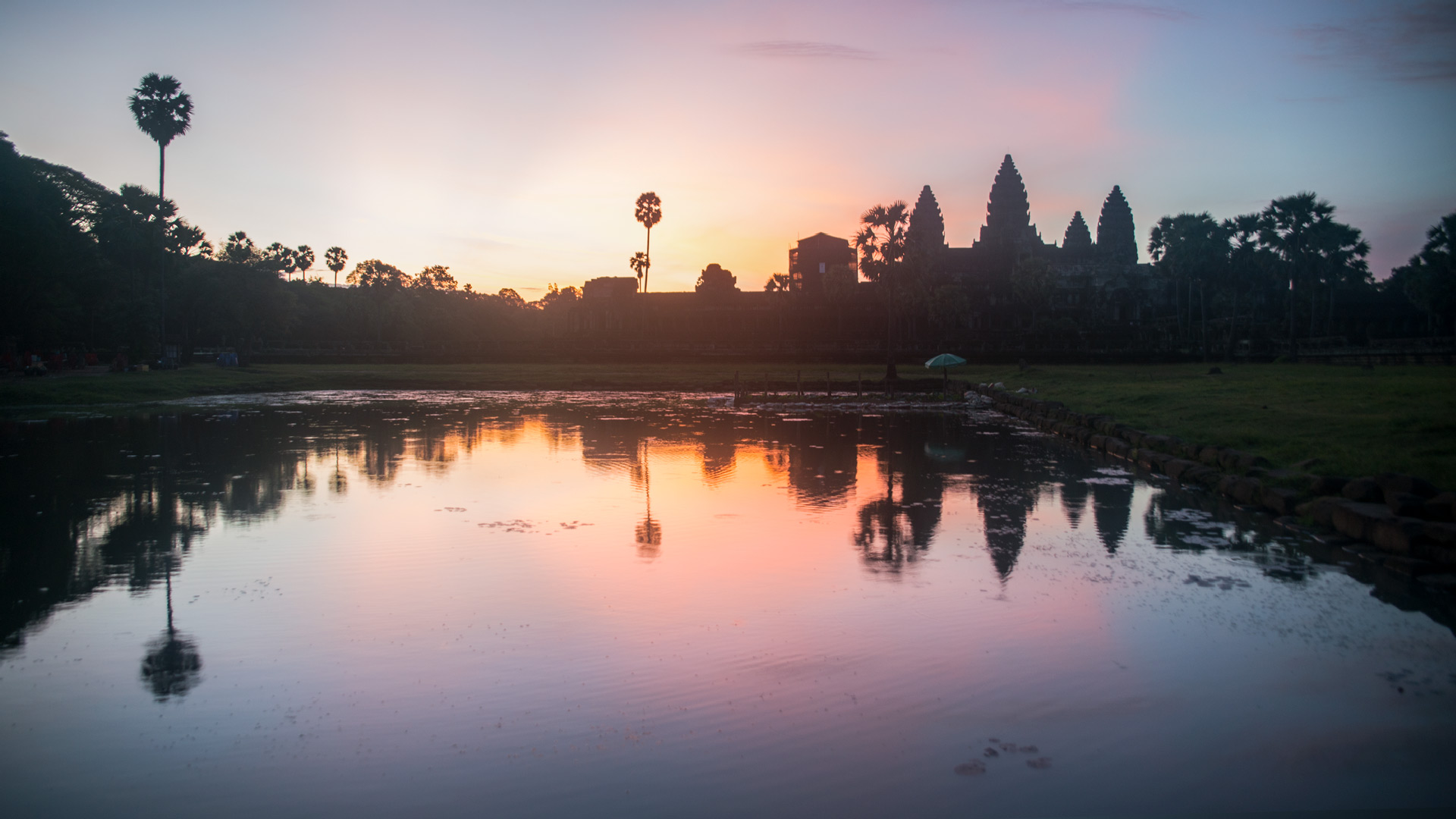
15 tips to visit Cambodia!
Located in the south of the Indochina Peninsula, Cambodia is a very particular kingdom of Southeast Asia. The first thing that comes to mind is the famous Angkor Wat temple: such is the importance of this monument that its silhouette appears as the main element in the flag of the country. However, Cambodia has much more to offer such as its ancestral culture and traditions as well as its flora and fauna. If you visit Cambodia, don’t hesitate to follow this short list of recommendations:
1. Be creative with the language barrier: In Cambodia, the average population doesn’t speak English and their language has a different alphabet and writing. Therefore, you must be prepared to use creativity when communicating. In most hostels you won’t have problems because the staff usually speaks English, but in places like supermarkets, shops, restaurants and when using tuk tuks you have to be careful with misunderstandings, particularly when it comes to paying as they are used the local currency (rail) and the dollar at the same time. Although there may be difficulties with the language, an advantage is that Cambodians are very friendly with tourists which makes the deal easier. Use an app if you find it too complicated to communicate with signs or smiles like Google translate.
2. Pact the price with the tuktuks drivers: The most common means of transportation in Cambodia are the tuk tuks: modified motorcycles for transporting people in the back, some can comfortably travel up to 4 people. Besides being the most economical means to mobilize, it’s an excellent way to do "sightseeing" because most tuk tuks don’t even have windows. The rates are defined before using the the service directly with the driver. If they you don’t do it before traveling, you can get a big and horrible surprise at the end of the journey. There’s also an app in Cambodia called PassApp Cambodia that allows you to hire the tuk tuk service in "uber style" in Phnom Penh. If you don’t have internet to use the app, don’t worry. Go outside and for sure some tuk tuk driver will offer you their services, there are many!
3. Read reviews of the buses company available: From Phnom Penh to the coast we used the Phnom Pehn Sorya bus company, the service is quite good and punctual, they also provide a small snack. You can also find terrible bus services like Champa Mekong that literally didn’t pick us up.
4. Confirm the reservation at your hostel or have a plan B: We had the opportunity to visit two coastal towns in Cambodia. We took a bus from Phnom Penh to Kep. The place has different hostels along the coast, the price is very comfortable as it’s usually in Cambodia. When we arrived at our hostel, we realized that it was closed by an infestation of mites on the beds! Luckily the owner of the place helped us to get accommodation in a nearby hostel.
1. Be creative with the language barrier: In Cambodia, the average population doesn’t speak English and their language has a different alphabet and writing. Therefore, you must be prepared to use creativity when communicating. In most hostels you won’t have problems because the staff usually speaks English, but in places like supermarkets, shops, restaurants and when using tuk tuks you have to be careful with misunderstandings, particularly when it comes to paying as they are used the local currency (rail) and the dollar at the same time. Although there may be difficulties with the language, an advantage is that Cambodians are very friendly with tourists which makes the deal easier. Use an app if you find it too complicated to communicate with signs or smiles like Google translate.
2. Pact the price with the tuktuks drivers: The most common means of transportation in Cambodia are the tuk tuks: modified motorcycles for transporting people in the back, some can comfortably travel up to 4 people. Besides being the most economical means to mobilize, it’s an excellent way to do "sightseeing" because most tuk tuks don’t even have windows. The rates are defined before using the the service directly with the driver. If they you don’t do it before traveling, you can get a big and horrible surprise at the end of the journey. There’s also an app in Cambodia called PassApp Cambodia that allows you to hire the tuk tuk service in "uber style" in Phnom Penh. If you don’t have internet to use the app, don’t worry. Go outside and for sure some tuk tuk driver will offer you their services, there are many!
3. Read reviews of the buses company available: From Phnom Penh to the coast we used the Phnom Pehn Sorya bus company, the service is quite good and punctual, they also provide a small snack. You can also find terrible bus services like Champa Mekong that literally didn’t pick us up.
4. Confirm the reservation at your hostel or have a plan B: We had the opportunity to visit two coastal towns in Cambodia. We took a bus from Phnom Penh to Kep. The place has different hostels along the coast, the price is very comfortable as it’s usually in Cambodia. When we arrived at our hostel, we realized that it was closed by an infestation of mites on the beds! Luckily the owner of the place helped us to get accommodation in a nearby hostel.
5. Enjoy the strange culture differences: The beach of kep is a very active site, during the day you can find various sales of food and articles. The locals usually park their cars at the edge of the beach and put music to dance or sing karaoke, the atmosphere becomes very cheerful! A rather curious custom is that swimsuits aren’t very common in this region. The locals usually bathe in the sea with their normal clothes: from long pants and shirts to dresses in the case of women.
6. Respect nature: One of the activities that we recommend in Kep is to take a walk along the coast and there is a high probability that you will meet a group of monkeys named macaques, they are very curious. The problem is that they are used to people and if you are careless, they can steal your belongings. Many locals or tourists give them food and don’t understand that this affects the ecosystem. Also this type of monkeys are captured by large companies of products to test them on labs, taking animal cruelty to another level. Report any type of abnormal activity to an environmental group and document it if you can. Also, don’t feed them and keep the distance.
7. Find places that locals visit the most: You can continue your walk until you reach the Crab Market, a place you can’t miss in Kep. You will find all kinds of local seafood freshly taken by fishermen. The place is quite rustic, there are no refrigerators of any kind so the smell of seafood is quite strong and there are flies everywhere that sellers try to scare from time to time. Although the health standards don’t seem to be very strict, the product is certainly fresh, you can try the traditional fish skewers although we decided not to eat there. Also in front of the coast of Kep you can find the island of Kao Tonsay, famous for its white sand beaches, we couldn’t visit it. If you go, don’t hesitate to tell us your experience!
6. Respect nature: One of the activities that we recommend in Kep is to take a walk along the coast and there is a high probability that you will meet a group of monkeys named macaques, they are very curious. The problem is that they are used to people and if you are careless, they can steal your belongings. Many locals or tourists give them food and don’t understand that this affects the ecosystem. Also this type of monkeys are captured by large companies of products to test them on labs, taking animal cruelty to another level. Report any type of abnormal activity to an environmental group and document it if you can. Also, don’t feed them and keep the distance.
7. Find places that locals visit the most: You can continue your walk until you reach the Crab Market, a place you can’t miss in Kep. You will find all kinds of local seafood freshly taken by fishermen. The place is quite rustic, there are no refrigerators of any kind so the smell of seafood is quite strong and there are flies everywhere that sellers try to scare from time to time. Although the health standards don’t seem to be very strict, the product is certainly fresh, you can try the traditional fish skewers although we decided not to eat there. Also in front of the coast of Kep you can find the island of Kao Tonsay, famous for its white sand beaches, we couldn’t visit it. If you go, don’t hesitate to tell us your experience!
8. Be part of the change: After Kep, we headed towards Sihanoukville, a larger, populated and touristic city. Here you can find more accommodation options, from hostels for backpackers to luxury hotels facing the beach. The city has all the amenities: shops, restaurants and supermarkets as well as the traditional swarm of tuk tuks to move between the beaches. The two main beaches are Ochheuteal and Sokha, quite pleasant but with a serious problem of solid waste management, particularly visible in Sokha. The beach is divided into two parts, the part covered with garbage and the area where the hotels are located and it’s clean. Apparently there’s a serious problem of education regarding waste management because locals literally bathe in their trash and don’t seem to care much. It’s a very sad situation because the beaches are very beautiful. Actually, something kind of funny happened to me: it turns out that one day we decided to go to Sokha because I wanted to swim for a while in the sea, Criss decided not to swim and waited for me in the sand (needless to say, we went to the clean area of the beach). After a few moment in the water, I began to notice a very unpleasant smell, like sewage and it turns out that the sea smelled like that! I was swimming in a sewer. I immediately went out and when I got to Criss, he noticed my bad smell and mocked me. I went straight to the hostel to take a long bath. I didn’t get sick, but the situation illustrates the seriousness of the waste problem in this city, the recommendation is to follow Gandalf's advice: when in doubt, follow your nose! Sometimes identifying problems in other countries, can help us appreciate nature more and create awareness to be part of the change, all help makes a difference.
9. Try local food: We had the opportunity to try some Khmer-style specialties on the coast. Definitely my favorite dish is the Lok Lak, it’s pieces of meat (beef) marinated with a special soy sauce, accompanied with some vegetables, egg and white rice. The different variations of noodle soups are very common, with meats of all kinds, always accompanied by vegetables. The Samlar Kakou is the traditional dish of Cambodia, it’s a soup based on kroueung, a paste of local spices and pieces of chicken, fish or beef. Fried rice dishes with various Chinese-style meats are also very common. The local beer called Angkor (what other name could it have?) is very good and cheap. Carry some meds for your stomach in case you feel bad and don’t let fear limits you.
10. Get ready for the weather: We visited Cambodia at the beginning of June and by this month the effects of the Asian monsoon are beginning, so you have to be prepared for the rains. We were greeted on our first day in Phnom Penh by a heavy rain that forced us to seek refuge in a cafe. Climatic conditions can change very quickly. It’s curious to see how the locals, particularly the children, enjoy the rain, the cafe where we were was in front of a park and we saw how the children went out to play. The temperature at all times is warm, even at night, on average above 25 °C and you can perceive a high level of humidity too. Don’t forget to stay hydrated.
11. Currency: In Cambodia the dollar or the local currency, the Rail, is used interchangeably, so it’s not necessary to change currency at the time of arrival. The exchange rate in the streets (June, 2018) was 4000 rail = $1. When buying something, it’s common to have one part in rails and another one in dollars, so you have to be very careful to make sure you are giving the correct amount, always carry a calculator in hand!. It’s advisable to bring cash for tuk tuks, and take in consideration that not all shops accept payment by card. It should be mentioned that Cambodia is very cheap compared to European standards.
12. Visit Angkor Wat and Siem Reap: Watching the sunrise in Angkor Wat is one of the most magical spectacles I’ve seen in my life despite the amount of tourists you find around. But first let's talk about Siem Reap, the most visited city in Cambodia: it has its own airport and all the access facilities, certainly dedicated almost entirely to the tourism that has generated Angkor Wat, 8 km from the city. It has accommodation options for all budgets and a busy nightlife, particularly on Pub Street, a street near the market full of bars, restaurants and neon lights, excellent choice to try local dishes. Take a walk along the Siem Reap river where you will see beautiful local style bridges that light up at dusk, usually the Buddhist monks go to one of these bridges to sing songs and pray at sunset. The city has several Buddhist temples that can be visited at no cost. In the market you will find local products and countless souvenirs.
To visit the temple complex of Angkor, tickets can only be purchased previously at the official sales center, located about 4 km from Siem Reap in the direction of Angkor. Because the temples are relatively far from each other, the most convenient way to visit them is to previously hire a tuk tuk driver to complete the tour or rent a bicycle. We ventured to do the tour on foot, but after Angkor Wat, the most famous and main temple, we noticed that it was not a very good idea ... the tour that includes the temples of Angkor Wat, Angkor Tom, Ta Keo, Ta Prohm and Banteay Kdei is about 18 km, so one day is not enough to visit each temple calmly and on foot. So, after leaving Angkor Wat we hired a tuk tuk. There are also 3 day pass and 7 day pass options, but if you want to visit the temple complex in one day it’s best to agree with a driver who can take you from Siem Reap to do the whole trip. The price is negotiated at the moment of hiring the service and usually you can bargain to get a good option. Make sure the driver understands you because when we arrived at Ta Prohm, we told the driver how long we would be in the temple. When we came back, he was gone! We asked and other drivers told us that he left because he apparently didn’t understand well the time of return, got tired of waiting, and left. We felt bad since we didn’t pay him.
13. Get out of the touristic sites: This is something that every traveler should put into practice. While it’s true there are places like Angkor Wat that are worthwhile, you can be surprised with picturesque villages, beautiful nature and so on in the outskirts. Of course, be cautious.
14. Beware of scams: Fortunately, we had no experiences with scams but they’re common throughout Southeast Asia. We’ve heard of people who arrive at a temple by the wrong door and some tut tuk drivers tell them that the site is closed, offer them a tour for a certain price and if you accept, they take you to stores where they earn commissions for every sale. Later, you realize that the temple was open. We’ve also heard that if you rent a motorcycle, you have to be very careful since they’re not actually in good shape, some parts are damaged and just glued and when the device fails you, they charge you as if it was your fault. Sometimes the police are part of the scams, keep the malice before everything and don’t be afraid to say NO. Remember that Southeast Asia has very poor areas and its inhabitants try to survive in all possible ways, including with prostitution of minors and tourists are main source of income.
15. Buy water filters: water is not potable and you can actually buy and take on your trip bottles that have water filters. Avoid health issues and try no to buy plastic bottles to help the environment.


